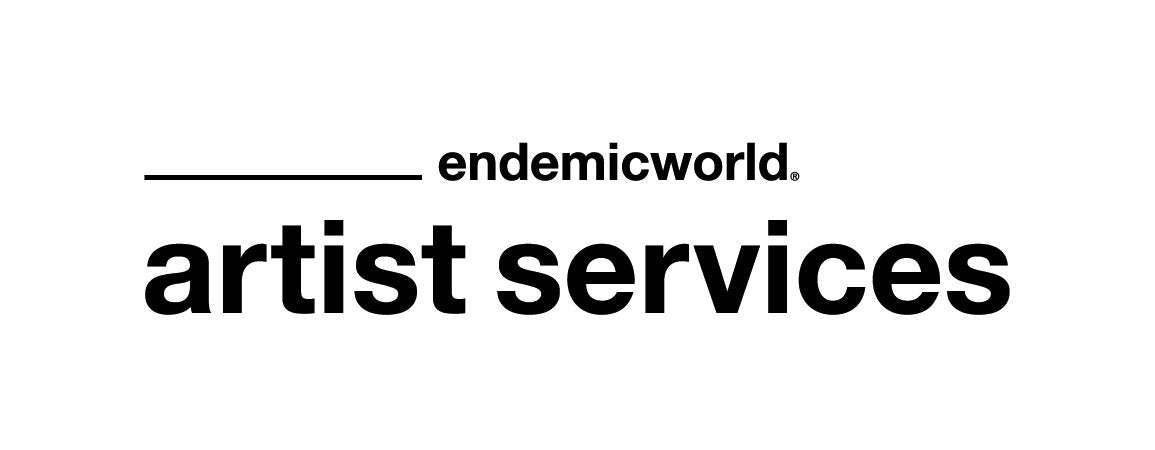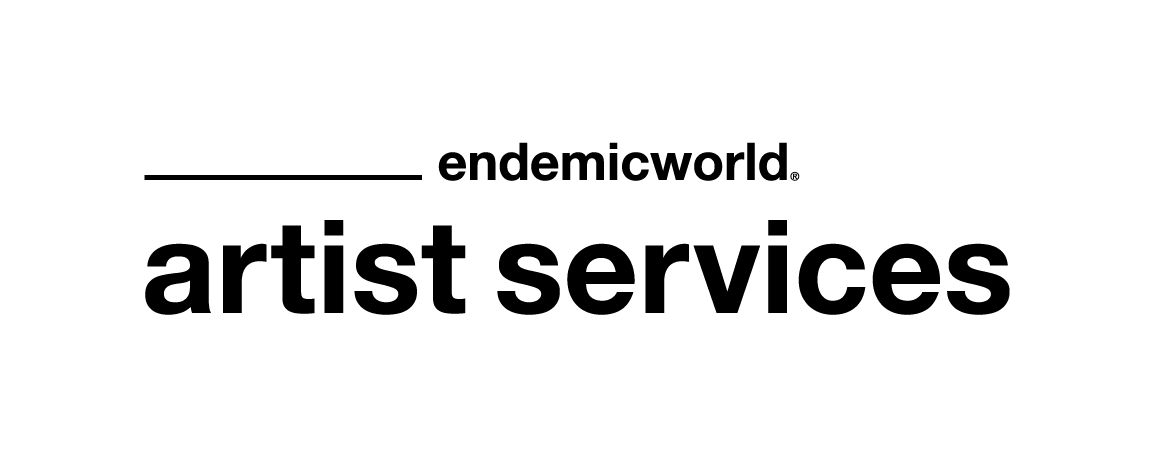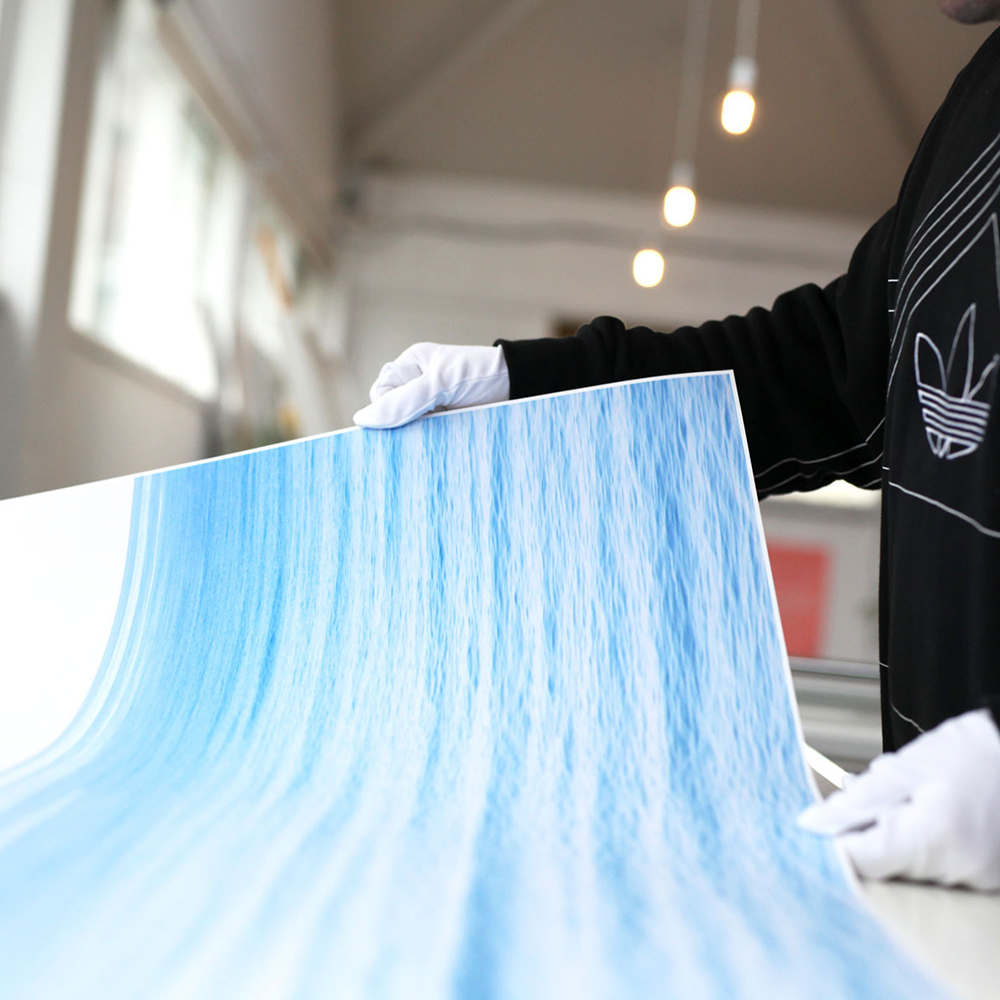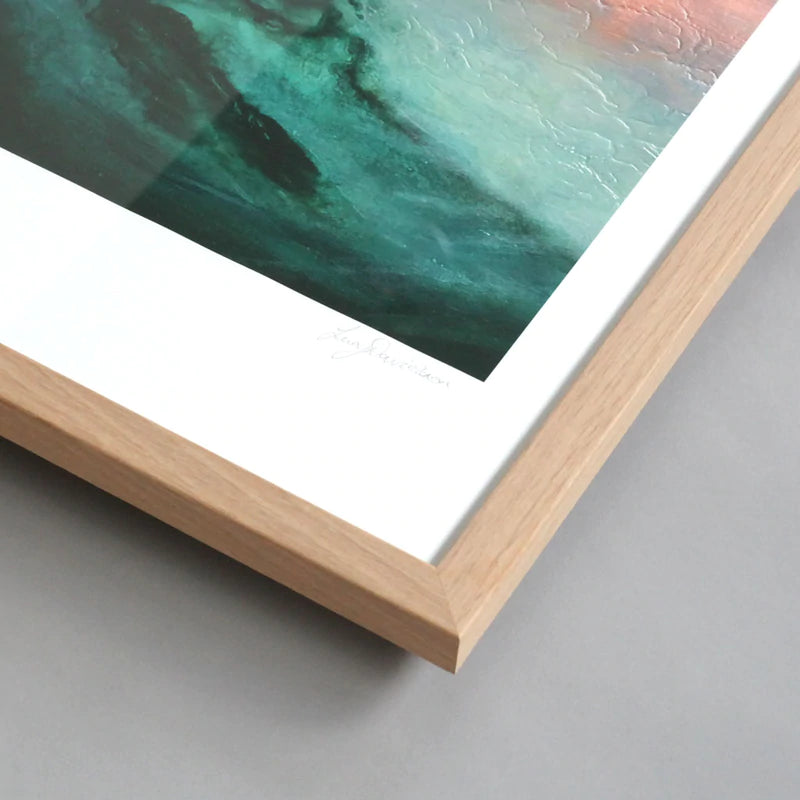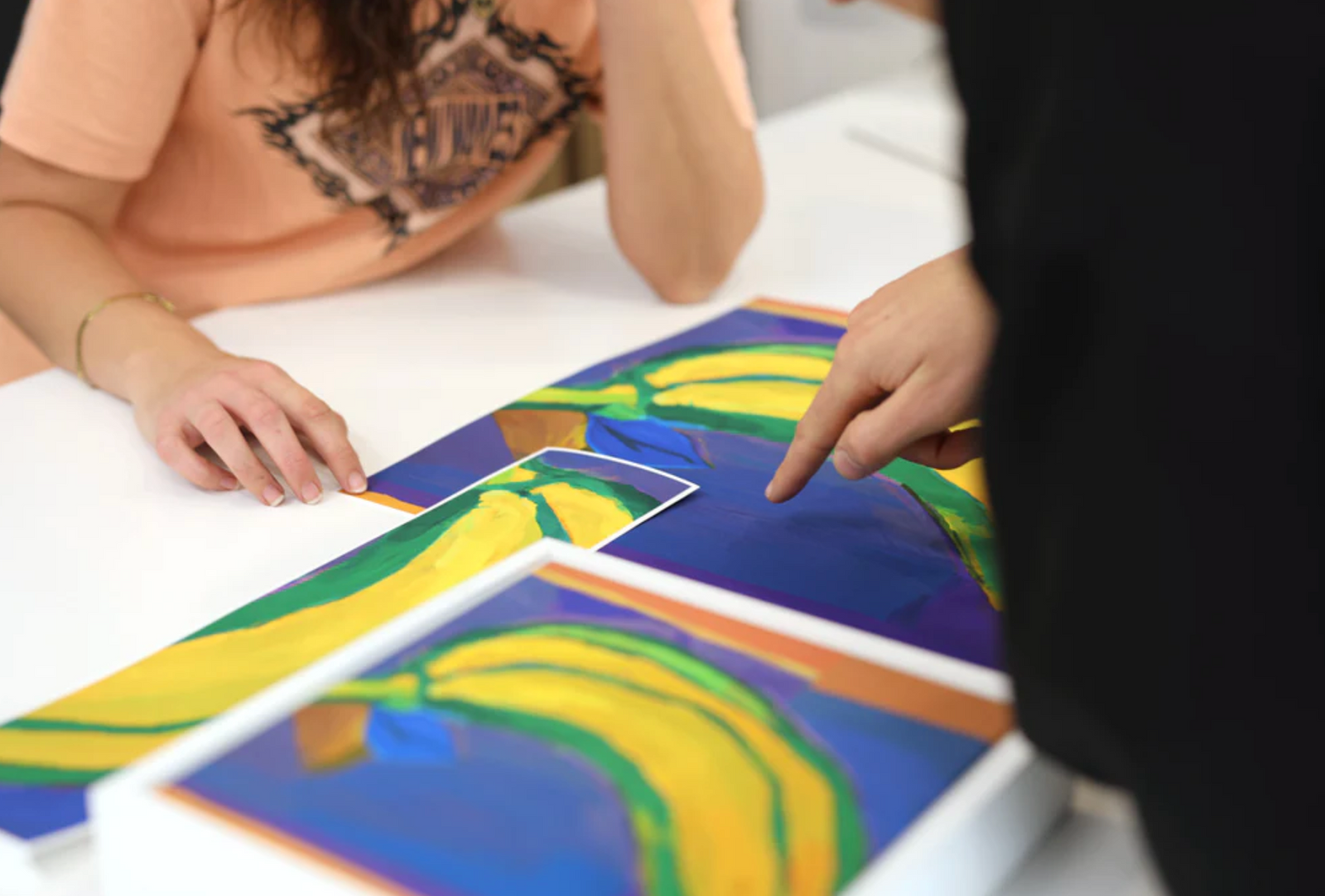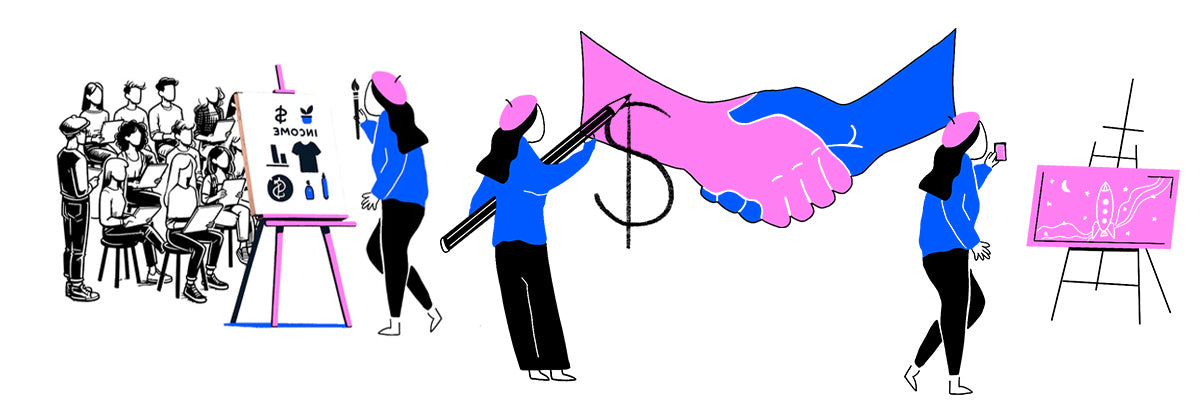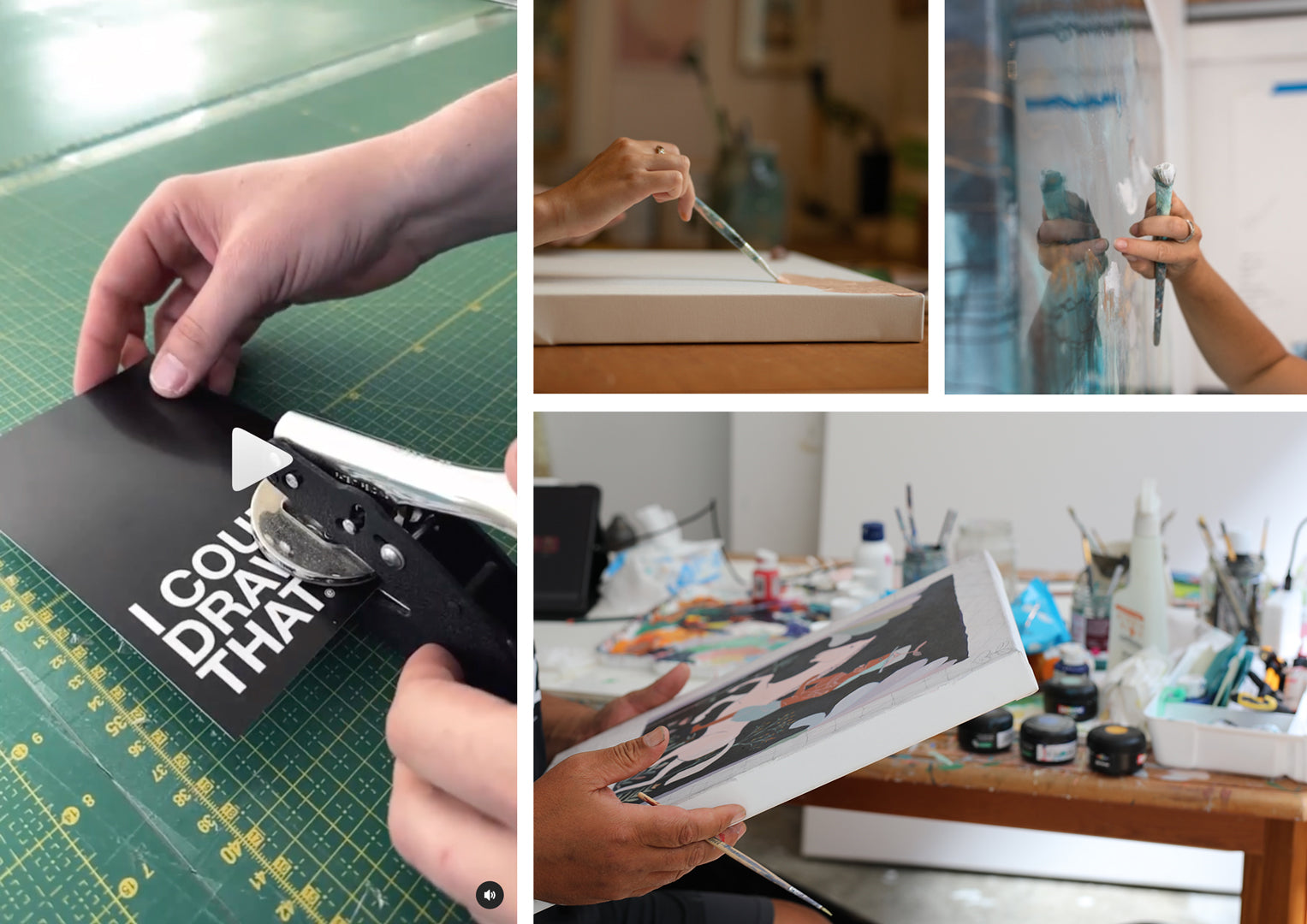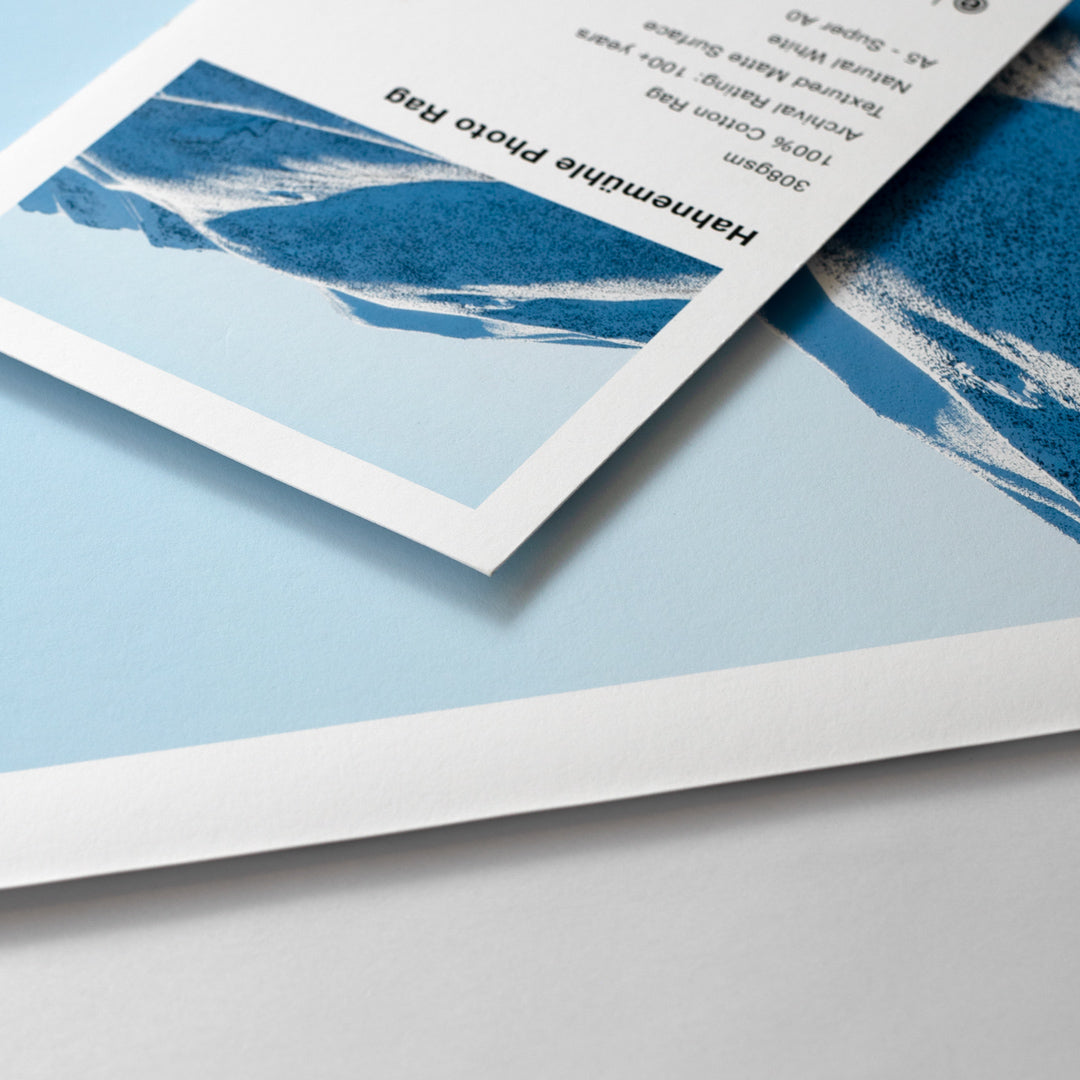Art isn't just a passion for some artists - it's a livelihood. Unfortunately, making a living from your craft can sometimes feel like an endless struggle, especially if entrepreneurship isn't part of your creative nature. In 2024, with economic uncertainties and the rise of AI, many Kiwi artists are feeling the pinch. It's not all doom and gloom. People are valuing human-made creations more than ever, and we're here to help you navigate the marketing landscape. It is possible to make money and thrive as an artist in New Zealand.
What We'll Cover:
- Having a Marketing Plan
- Cultivating Relationships
- Diversifying Your Revenue Streams
- Doubling Down on What Works
1. Having a Marketing Plan

It's super useful to have a well-defined marketing plan to guide your promotional efforts and ensure you reach your target audience effectively. Looking at your sales over a year will help you determine how much you can set aside for a marketing budget. Have you downloaded our planning calendar?
Embrace the Platforms: In today's digital age, an overwhelming number of social platforms are available to help share your work with potential investors. Mix it up between traditional galleries and online platforms like Instagram, TikTok, and Cara. These platforms are excellent for brand awareness and staying connected with your community. Don't stress about direct sales here; focus on sharing your art, your process, and your story. The internet makes your art accessible to collectors worldwide. Dive into online marketplaces like Etsy or Saatchi Art to showcase your creations to a global audience.
Paid vs. Organic: Understand the balance between paid and organic marketing. Organic efforts build trust and authenticity, while paid advertising can boost your visibility quickly.
Events and Exhibitions: Consider hosting pop-up exhibitions in empty spaces, for example, your local community art centre. These events can attract local attention and provide a unique way to showcase your work.
2. Cultivating Relationships

Network and Engage: In the art world, it's not just about what you know; it's who you know. Attend gallery openings, artist talks, and other events where creative minds gather. Building connections with collectors, fellow artists, and industry insiders can open doors to new opportunities. Loyal clients lead to repeat business and valuable referrals.
Gallery Collaborations: Work closely with galleries to help them sell more of your work. Provide them with marketing materials and stay in regular contact. Think of their commission as part of your marketing budget.
Local Community Engagement:While the global art scene is exciting, don't neglect your local community. It's a big expense putting on a solo show, why not participate in local art fairs, exhibitions and community events. Collaborate with local businesses for pop-up shows or exhibitions. Building a strong local network can lead to lasting support and opportunities.
3. Diversifying Your Revenue Streams

Multiple Sales Channels: Expand your reach by selling your art through various channels. Traditional galleries are great, but don’t stop there. Offer your work privately as well. Create a range of products from affordable merchandise and art prints to high-end originals. This way, you cater to different budget levels and increase your potential customer base.
Teach and Share Your Skills: Consider sharing your knowledge by teaching workshops or hosting art events. These activities not only provide an additional revenue stream but also help build a community around your work. Whether it's online tutorials, in-person classes, or interactive art sessions, there are many ways to create income from your expertise.
Collaborate with Other Artists: Collaborating with another creative is a great way to extend your skill set and reach a new audience. For example, if you're a photographer, consider connecting with a street artist to document their work. Both of you will gain recognition from each other's experience and expand your own range. The same goes for group shows and joint projects, which can bring fresh perspectives and attract diverse audiences.
Utilise Digital Platforms: Leverage online marketplaces like Etsy, Saatchi Art, or even your own website to reach a global audience. Ensure your online portfolio is professional and easy to navigate. Regularly update it with new works and behind-the-scenes content to keep your audience engaged. Consistency and visibility are key to maintaining and growing your online presence.
4. Doubling Down on What Works

Analyse and Adapt: Creatives often strive to innovate, but it's crucial to study what has worked well in the past. Take the time to review your previous successes and identify patterns. Which pieces resonated most with your audience? What themes, styles, or mediums received the best feedback? Use this data to inform your future work, ensuring you maintain the elements that people love while continuing to innovate. Banksy is a prime example of an artist who continually innovates while maintaining recognisable elements. His use of stencils, social commentary, and distinctive black-and-white style with pops of colour are constants that his audience expects and loves. By analysing his successful elements, Banksy has managed to stay relevant and continually captivate his audience.
Feedback Loop: Create a feedback loop with your audience. Engage with your followers on social media, ask for their opinions, and take note of recurring positive comments. Surveys and polls can also be useful tools for gathering feedback. This continuous loop of feedback and adaptation helps you stay aligned with your audience's preferences.
Refine Your Brand: Consistency is key to building a strong brand. Double down on the visual and thematic elements that define your brand. This doesn't mean you shouldn't explore new ideas, but ensure there's a thread that ties your work together. This consistency helps in building a recognisable and trusted brand identity.
Document and Reflect: Keep a detailed record of your projects, exhibitions, and sales. Document what strategies you employed, the outcomes and any feedback received. Reflect on these records periodically to identify successful trends and areas for improvement. This documentation becomes a valuable resource for future planning and decision-making.
Invest in Success: Once you've identified what works, don't be afraid to invest more time and resources into those areas. Whether it's a particular style, medium, or marketing strategy, putting more effort into aspects that work can amplify your overall success. This might mean producing more works in a popular series, increasing your presence on a thriving platform, or expanding successful collaborations.
Continuous Learning: Stay updated with market trends and industry shifts. Attend workshops, webinars, and conferences to learn from other successful artists and industry experts. This continuous learning approach ensures you can adapt and refine your strategies based on current best practices and emerging opportunities.
Thriving as an artist in New Zealand is certainly possible with the right approach. It involves, embracing digital platforms, cultivating relationships, diversifying your income and learning from past successes. It's not always going to be smooth sailing, but with passion, resilience, and a touch of Kiwi ingenuity, the sky is the limit!
More helpful reads:
